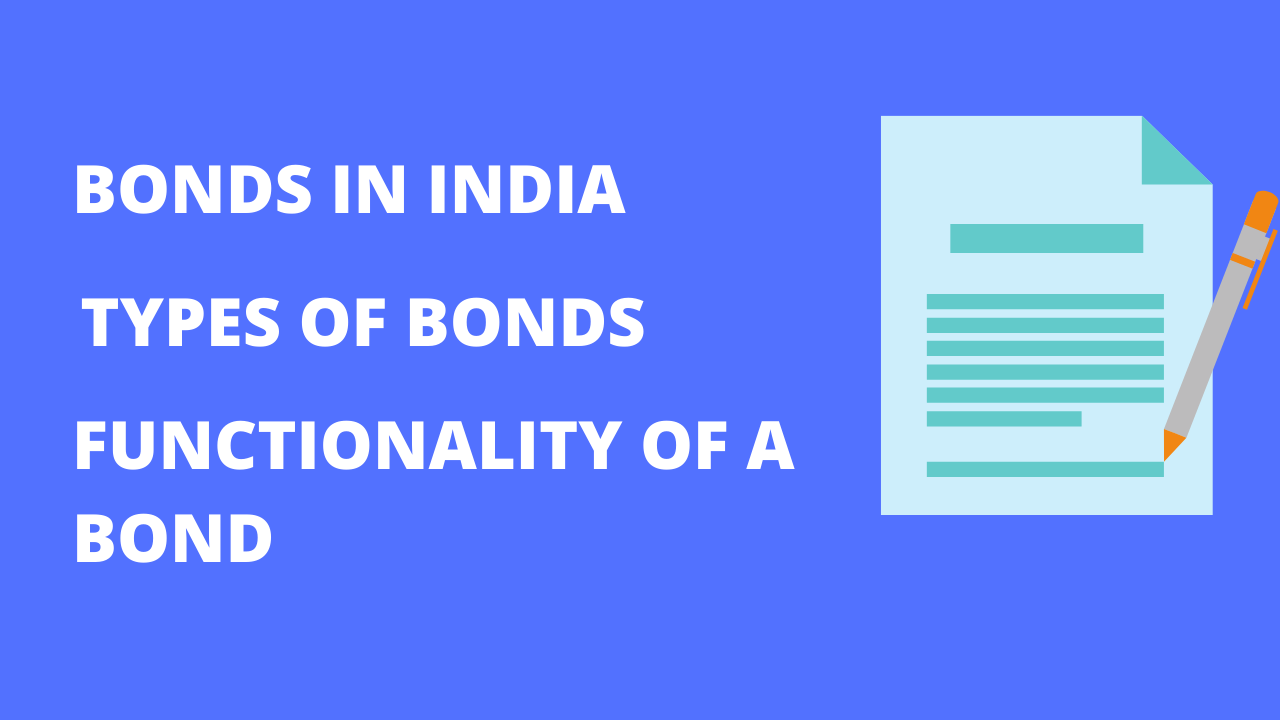There are many types of bonds in India. In fact, the bond market in itself is a subject that is relatively in its nascent (initial) stage of development. Let us first look at what are the relevant terms we should know about our very own Indie Bonds. To answer this we have a question of what is a bond?
A bond is a form of a contract between a buyer and a seller. There are 3 terms that are associated with the bonds they are as follows.
- Face Value = Declared by issuer
- Coupon Rate = Interest rate on Face Value
- Maturity = Duration when Face Value + Coupon Rate is returned to investors
- Bond Yield or YTM – Yield to Maturity = Variable dependent on demand and supply as well as interest rate situations with the issuer.
The asset class is highly stable and the only thing that affects it is the interest rate environment of the country. The interest rate is set by the central bank of the respective country. In India this responsibility is carried out by the RBI.
Bond terminologies using an example?
Firstly, let us understand these terms with the help of an example. Assume that the government of India wants to raise 10000 Cr rupees by issuing bonds. Therefore the government issues 1 Cr bonds with a face value of 10000 and a coupon of the rate of 6.58% for a term of 10 Years. At the end of 10yrs, you are going to get 16,580 Rs.
Scenario 1 – The return is 1.6 times in 10 years which is very small. But consider this that the capital is protected and you’ve invested 10 cr. Now 10cr becomes 16 Cr with a 100% guarantee this amount looks ok.
Scenario 2 – Another scenario is that an investor made an investment of 100 Cr and now he/she is sure to get 160 Cr without any kind of market risk. This is amazing even though the return is less guarantee provided is 100%.
Note: With these two scenarios the objective is clear that the purpose of this asset class is protecting the capital. The rate of return on a bond is very low. Low returns offer higher protection. A bond is a type of stable asset.

Types of Bonds in India
This article is specific in classifying the institution of issue of the financial instrument. Broadly there are two types of bonds.
- Government
- Corporate
Government bonds are known as G-Securities or G-Secs in India. The G-Secs are issued by RBI in India. There are two types of G-Secs depending upon the duration of Maturity.
- Maturity < 365 Days = T-Bills or Treasury Bills
- Maturity > 365 Days = Dated Securities or Dated G-Secs or Dated Government Bonds.
Treasury bills and G-Secs are mostly purchased by insurance companies or mutual funds or banks to secure their deposits. G-Secs bear a 100% guarantee. There are different types of G-secs. Some of them are as follow –
- Sovereign Gold Bond SGB
- Masala Bond
- State Development loans
- T-Bills and G-Secs
- G-Secs also depends on the
- Zero Coupon Bonds

Whenever we come across an issuer of the financial instrument with the initials of Sovereign. This should automatically strike to us that the issuer of this security is definitely the government of the respective country. In our case, the sovereign instruments are issued by RBI on behalf of the government of India. RBI has recently announced to provide a platform where an individual person can trade in the Bond market. This platform is known as the Retail Direct Gilt. This platform will be used for trading G-Sec just like other securities in the equity and commodity markets.
Corporate Bonds the issuer of these bonds are corporate entities. Any company registered under the Companies Act of 2013 can issue these instruments in India. The relevant sections and details are provided in an article from Tax Guru. Therefore we can say that both private, as well as public companies, can issue bonds. Corporate bonds are known by the following names.
- Corporate Bonds
- Commercial Papers
- Debentures
- Convertibles



